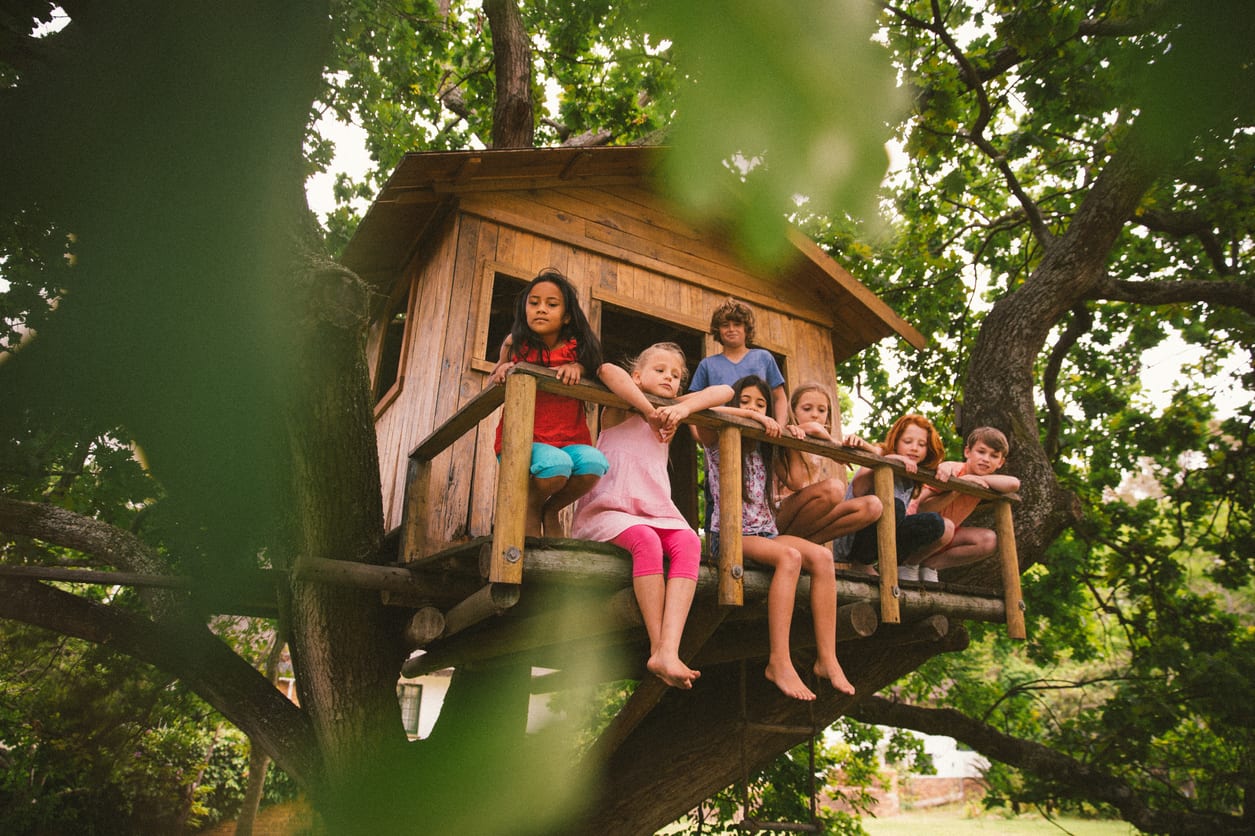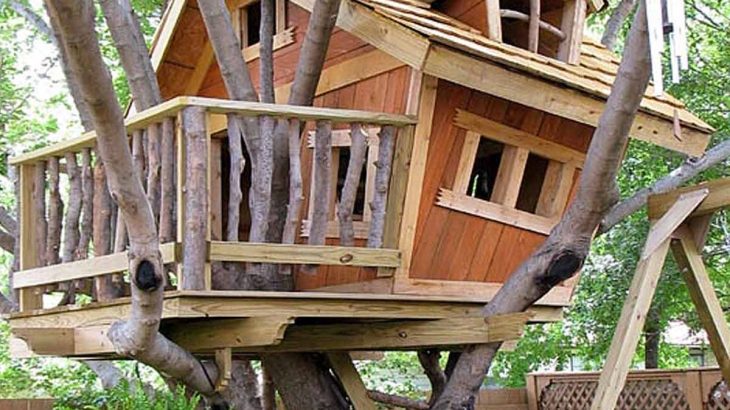There’s something magical about a treehouse—a sanctuary nestled amidst the branches, where you can escape the hustle and bustle of everyday life. Whether you’re building a treehouse for your children, as a personal retreat, or as a place to connect with nature, the process can be both exciting and rewarding. In this blog post, we’ll explore the top tips for building a treehouse that is safe, sturdy, and truly enchanting.
Start with a Solid Plan
Before you pick up a single piece of lumber, start with a detailed plan for your treehouse. Consider the size, shape, and height of your treehouse, as well as the type of tree you’ll be building in. Create rough sketches and diagrams to visualize your design. Planning is crucial to ensure that your treehouse meets your expectations and complies with any local building codes or regulations.
Choose the Right Tree
Selecting the right tree is the most critical decision in building a treehouse. It must be healthy, sturdy, and capable of supporting the weight of your treehouse. Ideally, choose a hardwood tree like oak, maple, or cedar, as they tend to be more robust and durable. The tree should also have a single, central trunk, free of disease or damage.
Assess Treehouse Support
Your treehouse’s support system will play a significant role in its safety and longevity. Avoid attaching directly to the tree’s branches, as this can harm the tree and cause your treehouse to become unstable over time. Instead, use support beams, brackets, and lag bolts to secure the treehouse to the tree trunk. Allow space for the tree to grow and sway without damaging your structure.
Prioritize Safety
Safety should be your top priority when building a treehouse. Ensure that the structure is securely anchored to the tree and that the floor and railings are stable and well-built. Use high-quality materials, and regularly inspect your treehouse for signs of wear or damage. Installing safety features like handrails, safety nets, or safety harnesses for children is essential.
Follow Local Regulations
Before you start building your treehouse, check with your local authorities for any regulations or permits required. Some areas may have specific rules governing treehouse construction, including height restrictions, setback requirements, and environmental considerations. Compliance with local regulations is crucial to avoid legal issues and ensure the safety of your treehouse.
Choose the Right Materials
Selecting the right materials for your treehouse is crucial for its durability and longevity. Pressure-treated lumber is an excellent choice for the frame and support beams as it resists decay and insects. For the decking and siding, consider weather-resistant materials like cedar or redwood. Stainless steel or galvanized hardware will prevent rust and ensure a secure structure.

Build a Solid Foundation
A sturdy foundation is essential for the stability of your treehouse. Use concrete footings or support posts on the ground to provide additional stability and prevent the treehouse from sinking or shifting. Make sure the foundation is level and properly aligned with the treehouse’s design.
Keep it Lightweight
Keep the weight of your treehouse in mind during the design and construction phases. A lighter treehouse places less stress on the tree and is less likely to cause damage over time. Use lightweight building materials and avoid adding unnecessary weight to the structure.
Consider Accessibility
Think about how you and others will access the treehouse. You may need a ladder, stairs, or a combination of both. Ensure that the access point is safe and easy to use, especially if children will be using the treehouse frequently. Handrails or ropes for added support can be beneficial.
Add Personal Touches
Once the structural work is complete, it’s time to add the personal touches that will make your treehouse unique and inviting. Decorate the interior with comfortable seating, rugs, and cushions. Consider adding windows to allow natural light and provide a view of the surrounding trees. Install hooks or shelves for storage, and hang curtains or blinds for privacy.
Regular Maintenance
Like any other structure, treehouses require regular maintenance to ensure their safety and longevity. Inspect the treehouse periodically for signs of wear, damage, or rot. Check the support system, fasteners, and hardware for any issues. Keep the area around the treehouse clear of debris and overgrown branches to prevent damage from falling limbs.
Embrace Nature
A treehouse offers a unique opportunity to connect with nature. Consider incorporating elements that celebrate the natural surroundings, such as bird feeders, a rooftop garden, or a telescope for stargazing. The goal is to create a space where you can immerse yourself in the beauty of the outdoors.



















